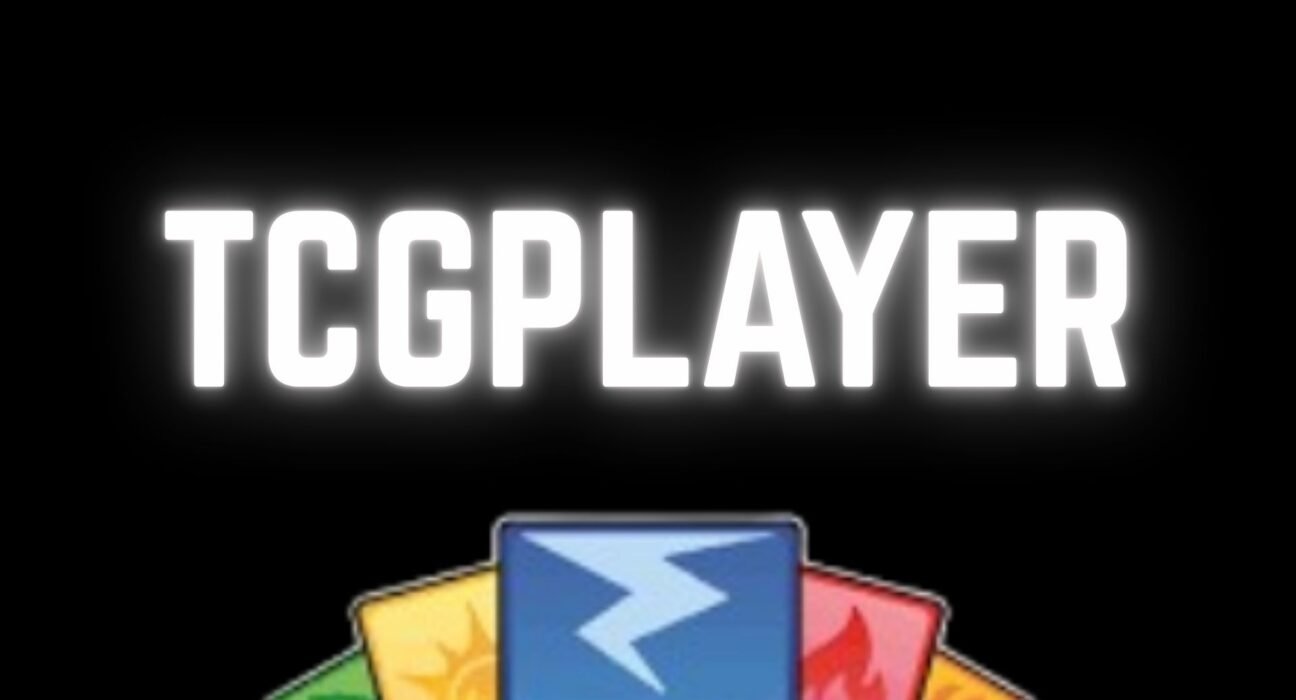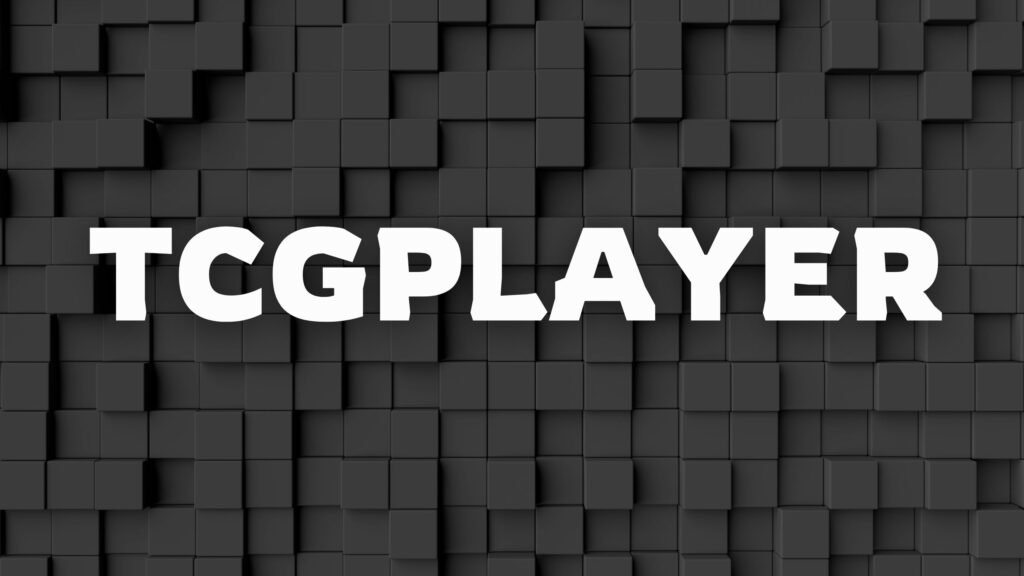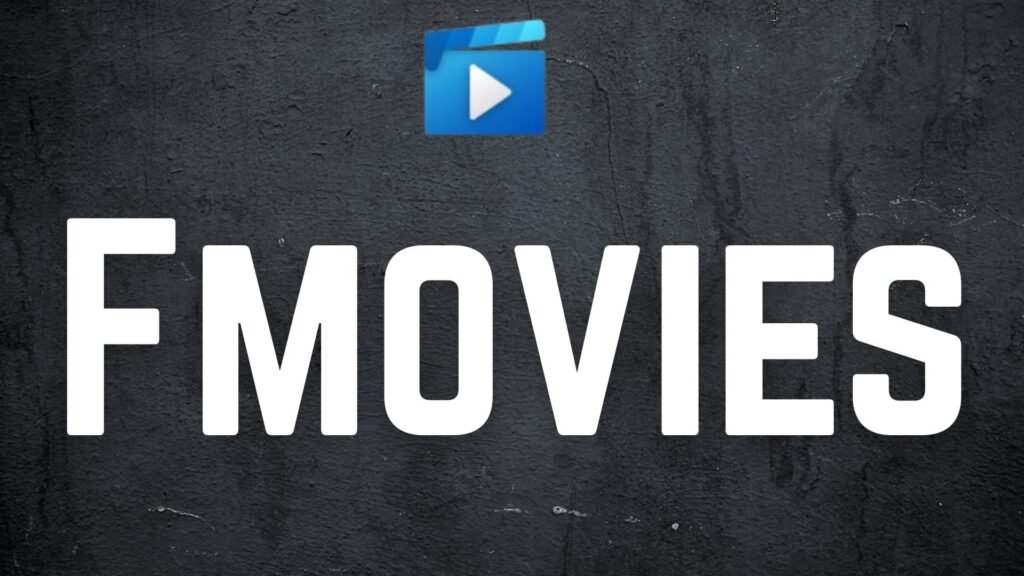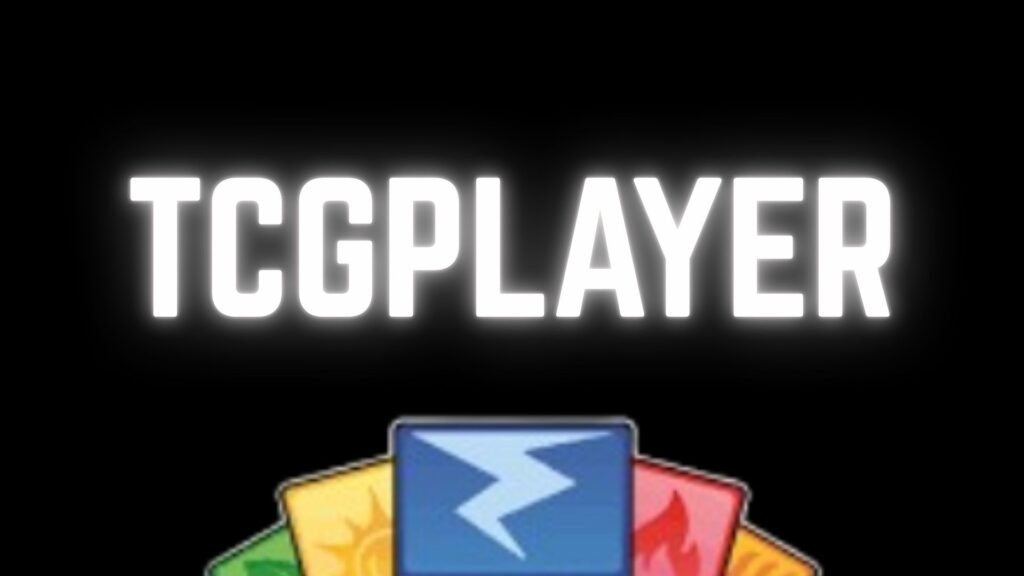TCGplayer Treasure Hunt: Unearthing Hidden Card Deals Before They Spike in Value

Collectible card games (CCGs) have long captivated players, investors, and hobbyists alike, but the modern TCG player marketplace has turned casual trading into a fast-moving, data-driven treasure hunt. Whether you collect Magic: The Gathering, Pokémon, Yu-Gi-Oh!, Lorcana, or the latest indie release, the price of a single mis-cataloged foil or low-population promo can catapult overnight. For savvy buyers who know where—and when—to look, TCGplayer remains the most liquid, information-rich platform for spotting bargains before they vanish. This article pulls back the curtain on the tactics veterans use to discover undervalued cards and explains how recent policy and logistical changes at TCGplayer can affect your hunt.
Table of Contents
Understanding the TCGplayer Ecosystem
At its core, TCGplayer is an online marketplace that aggregates inventory from thousands of hobby-store owners and individual sellers, giving buyers real-time access to millions of cards. In late 2022, eBay finalized a $295 million acquisition of TCGplayer to bolster its focus-category strategy and strengthen its grip on the booming trading card sector. ebayinc.com
That deal is still reshaping the platform in 2025. In May, eBay announced it would shut down TCGplayer’s original Syracuse authentication center and consolidate operations at a larger logistics hub in Kentucky, eliminating roughly 220 jobs and sparking new union-busting accusations from the Communications Workers of America. theverge.comicv2.com For treasure hunters, this relocation chiefly matters for two reasons:
- Processing windows may fluctuate. Consolidation could lengthen authentication and shipping times in the short term.
- Policy revisions are accelerating. Each organizational shake-up has been followed by tweaks to seller guidelines and buyer protections that can tilt the risk-reward balance of speculative purchases.
Understanding these ecosystem currents is the first step toward timing your purchases and avoiding bottlenecks.
The Anatomy of a Hidden Deal
Every overlooked listing shares three ingredients:
- Limited seller visibility – Perhaps the seller mislabeled the set code (“MH3” versus “MH 3: Eldrazi Unleashed”) or listed a foil promo under the non-foil SKU.
- Information lag – Large spikes often start on community finance channels hours before the general seller base notices.
- Price inertia – Sellers relying on automated repricers or TCGplayer’s market-price averages adjust slowly, allowing alert buyers to scoop up copies under the radar.
Knowing how to exploit those gaps is critical. The market price displayed on TCGplayer is a rolling average; if a card suddenly surges because it tops a Grand Prix decklist or combos with a freshly spoiled card, the average may take half a day to reflect the new ceiling. During that lull, “floor” listings from inattentive sellers become pure margin.
Tools and Data Features You Should Master
Market Price vs. Direct Low
TCGplayer’s public “Market Price” gives a broad pulse, but “Direct Low” (the cheapest copy sold through TCGplayer’s in-house fulfillment) better reflects friction-free liquidity. Monitor the spread between these two numbers: when Direct Low jumps while Market Price lags, momentum is forming.
Listing History and Charts
TCGplayer charts track sold quantity at each price tier. Study the slope: a staircase pattern (large walls at one price, thin at the next) signals an imminent climb once the cheapest tier sells out.
Seller Badges and Shipping Windows
A badge such as “Level 4 Seller” or “Direct Qualified” indicates higher reliability. Conversely, a new seller with zero feedback may list bargains but carry greater risk. After the April 2024 Seller Agreement update, buyers have stronger avenues for reimbursement on non-delivered items, but only if the order stays within platform-protected channels. help.tcgplayer.com
Third-party Alerts
Many speculators pair TCGplayer’s API with Discord or Google Sheets to ping when a card falls below a target price. Since March 19, 2025, TCGplayer has tightened rate limits on its public API, making custom alerts harder but not impossible. reddit.com
Timing the Market – When to Pull the Trigger
Release-Weekend Dips
A new set’s supply flood usually hits within 72 hours of the official release, depressing prices before competitive results and content creators highlight sleeper cards. Buying during that dip is the simplest way to add margin.
Rotation Windows
For games with rotation (e.g., Magic’s Standard format), rotated staples crater in the weeks before they leave legality. Yet many regain value in Eternal formats within months. Historical data show a 20–40 percent rebound on multiformat staples within a year of rotation.
Reprint Waves and Secret Lairs
TCGplayer flags reprints via set-code filters; use them to see which version offers the best growth ceiling. Low-supply versions (retro frame, judge promo) often spike first when demand resurfaces.
Logistics Shake-ups
With authentication moving to Kentucky, early reports suggest two extra business days for Direct-order processing during the transition. theverge.com If you’re planning a flip, factor that delay into your listing date or chooses sellers who ship bypassing authentication for cards under $250.
Advanced Search Filters that Find Gold
- Condition Filtering – Searching “Lightly Played” rather than “Near Mint” can surface deep discounts where edge wear is insignificant for competitive play.
- Quantity Stacks – Filter for “4+” to find sellers offloading playsets. A 5 percent discount per card is common when buying in bulk.
- Language and Region – Foreign-language foils often list below English copies even when tournament-legal. For example, Japanese alternate-art Pokémon full arts routinely sell 15 percent under English equivalents despite equal rarity.
- Negative-Keyword Exclusion – Add “-MP” (minus Moderately Played) to omit heavier-wear listings when speed-scrolling results.
Pair these filters with the lowest shipping-included total column (it’s two clicks in the web interface) to bypass artificially low item prices paired with inflated shipping.
Leveraging Community Insights Without Falling for Hype
Finance subreddits, Discord servers, and YouTube channels break the news faster than any price chart, but signal-to-noise is everything. Follow tipsters who show their data— screenshots of TCGplayer sold listings, pop-report comparisons, or print-run estimates—rather than those peddling “just trust me” calls.
A good practice is to triangulate: wait for at least two independent sources plus a noticeable uptick in Direct Low before buying more than a playset. If the card is format-dependent (e.g., Pioneer combo piece), double-check the following major event schedule; high-profile tournaments can multiply demand.
Case Study: A 2025 Modern Horizons 3 Sleeper
When Modern Horizons 3 spoilers hit in February 2025, “Mistvein Apparition” looked mediocre—an uncommon Spirit that mills on the attack. Early preorders settled at $0.35. But a week later, content creators showcased a fringe combo deck using Apparition plus “Gyruda, Doom of Depths,” and Direct Low shot to $3.20 in forty-eight hours. Buyers who had set sub-$0.40 alerts snapped up bulk copies before the first gameplay video went live.
The play illustrates three timeless points:
- Bulk uncommons with unique text are prime targets—they cost pennies to stash.
- A single streamer’s gameplay can ignite demand.
- TCGplayer’s average Market Price lagged by nearly a day, giving alert buyers a long window.
Risk Management and Exit Strategies
Grading Discipline
Always assume condition downgrades will shave at least 10 percent off resale value. Handle cards with gloves or penny sleeves the moment they arrive.
Tracking Fees
TCGplayer’s fee structure sits at 8.95 percent + $0.30 per transaction (Direct orders tack-on handling). Factor these into your desired ROI. After seller-fee hikes in mid-2024, many flippers raised their minimum profit threshold to 25 percent.
Liquidity vs. Appreciation
High-rarity promos appreciate quickly but move slowly; tournament staples flip fastest but plateau sooner. Balance your holdings.

Document Everything
Keep photos of the received condition in case a buyer disputes. The 2024 Seller Agreement update strengthened seller responsibilities around proof of condition but also clarified buyer claim windows— good documentation prevents margin-killing returns. help.tcgplayer.com
Future of TCGplayer Marketplace After eBay Consolidation
While layoffs and facility moves dominate headlines, eBay calls the consolidation a “streamlining” effort to unify authentication and logistics under one roof. theverge.com Critics worry it’s retaliation against the newly formed TCGunion-CWA. spectrumlocalnews.com From a purely market-access standpoint, buyers should watch three metrics over the next six months:
- Authentication backlog – Slower turnaround means fewer fresh listings, constraining supply and possibly nudging prices upward.
- Seller churn – If small stores balk at higher shipping costs to Kentucky, niche inventory might vanish.
- Policy cadence – Accelerated rule changes could reshape return windows, “lost in transit” definitions, and fee schedules.
Staying nimble—subscribing to policy-update RSS feeds or joining a Discord bot that scrapes the seller-blog changelog—keeps you ahead of disruptive pivots.
Conclusion
Treasure hunting on TCGplayer in 2025 is equal parts data science, community listening, and timing. Master the platform’s granular filters, monitor Direct Low for early signals, and keep an eye on eBay-driven logistical shifts that can bottleneck supply. When you blend these habits with disciplined risk management, you transform impulse buys into a systematic strategy for uncovering hidden deals before the rest of the market catches on.
FAQs
1. Is TCGplayer still safe to use after the Syracuse shutdown?
Yes. Authentication is being consolidated rather than eliminated. Expect transitional delays, but buyer protections and eBay’s overarching dispute-resolution framework remain intact. theverge.com
2. How do I track price spikes in real-time?
Use TCGplayer’s Direct Low feed combined with third-party Discord bots or spreadsheet APIs. Just remember that public rate limits tightened in March 2025, so throttle your calls or cache data locally. reddit.com
3. Are union tensions likely to raise fees?
Higher labor costs could trickle into handling fees, but TCGplayer historically announces fee changes months in advance via the seller blog. Monitor those posts and adjust ROI expectations accordingly.
4. What condition grade offers the best risk-reward for flipping?
“Lightly Played” typically provides a 10–15 percent discount versus Near Mint while remaining attractive to competitive players, maximizing margin without high return rates.
5. Can I still use Buylist services during the transition?
Yes, but note that TCGplayer phased out some centralized Buylist inventory services in 2024; cards are now forwarded or returned to sellers upon request so that turnaround times may vary.











